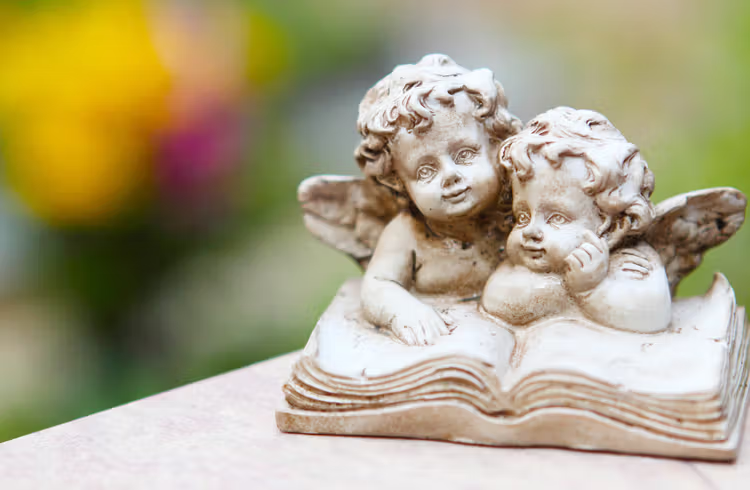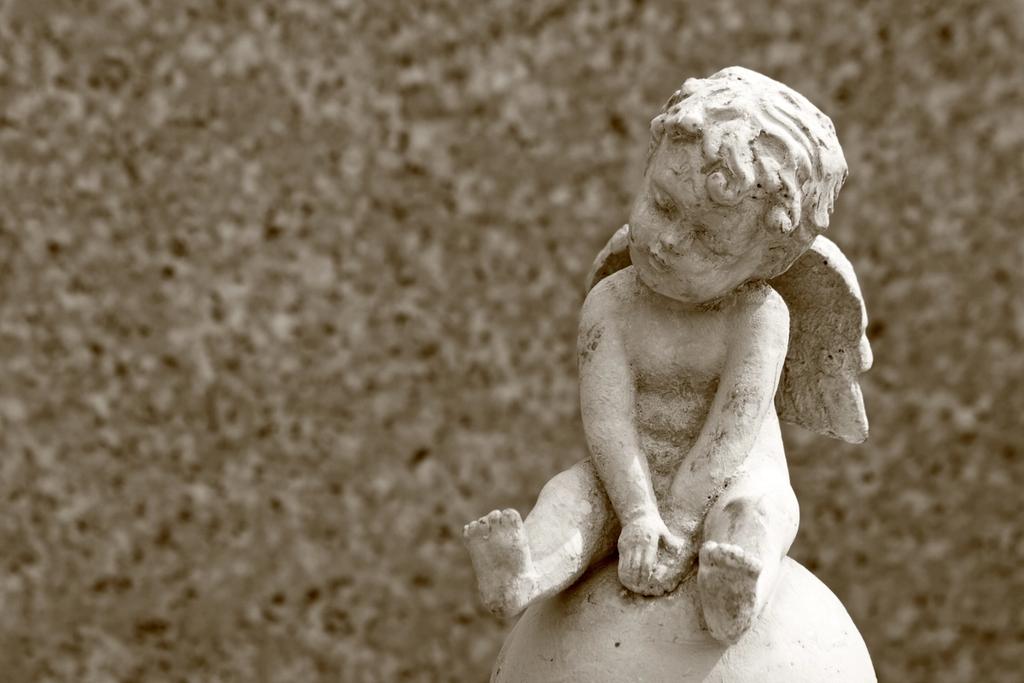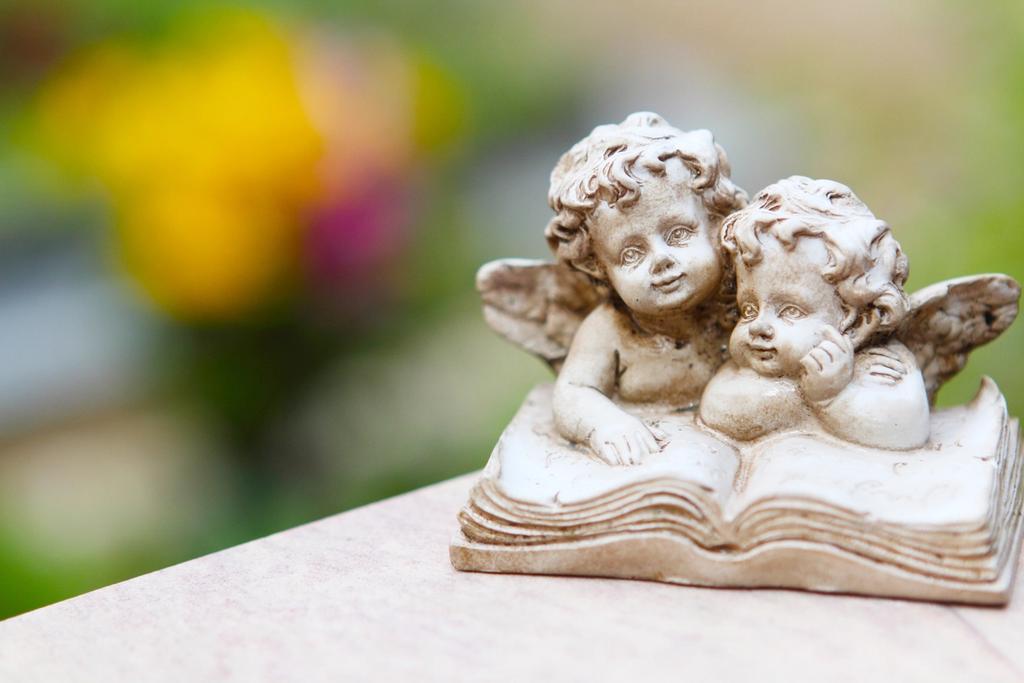Funeral & Burial Rituals From Around The World
You could have a traditional funeral… or you could be devoured by wild birds or crushed into fancy beads.
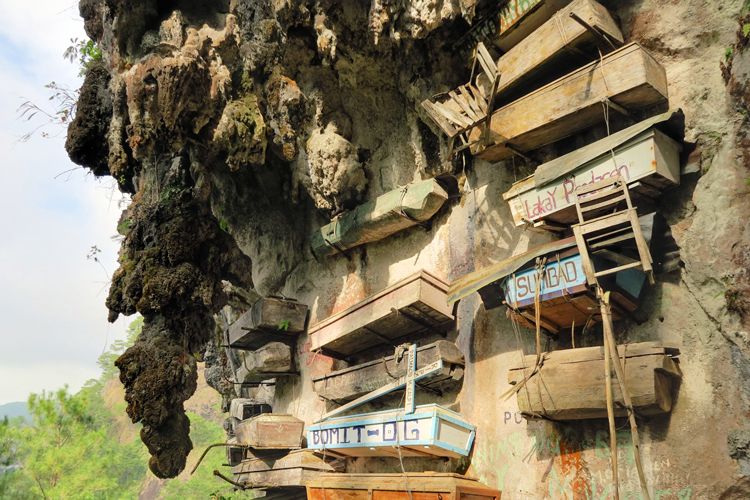
Avas Flowers put together a graphic that’s totally up our alley: “42 Funeral and Burial Rituals from Around the World.” We picked out the 10 most inspiring, creative, and downright cool dispositions on their list.
Antyesti, India
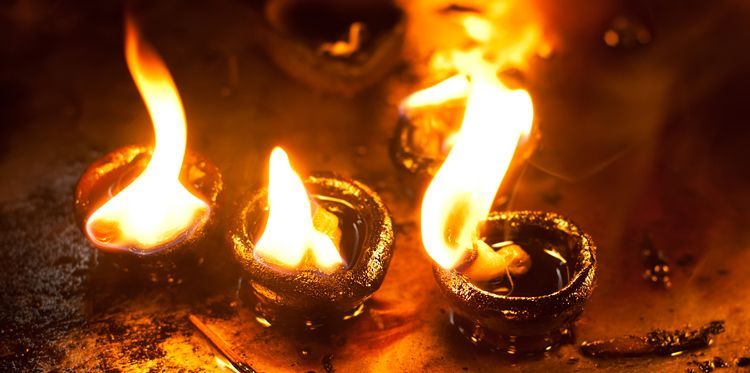
“This Hindu practice literally translates to ‘last sacrifice.’ Depending on the caste, gender, and age of the deceased, they are symbolically returned to the elements of creation in a specific ritual. It is common that a funeral pyre is used in at least one part of this practice.”
Burial Beads, South Korea

“Since there is such limited space for burial in South Korea, they have to get creative with the bodies of the deceased. In this practice, the body is cremated and pressed into jewelry-like beads. They are often colorful and kept in an urn or bottle.”
Funeral Strippers, China, Taiwan

“Having a well-attended funeral is a subject of great concern in Taiwan. To attract a crowd, some families hire strippers, host dances, and set out elaborate feasts to entice people to attend.”
Hanging Coffins, China, The Philippines

“Hidden high up along mountainsides and in difficult to reach places. The people of Sagada in the Philippines believed that the closer a coffin was to the sky, the closer the deceased was to heaven.”
The Philippines also has the “Tinguian Funeral,” where “people dress the dead in their finest clothes, sit them in a chair, and give them a smoke. There the dead sit smoking for several weeks.”
Jade Burial Suit, Han Dynasty China

“Royal members of the Han dynasty were buried in ceremonial suits of jade. The jade was cut into square, rectangular, and triangular shapes and threaded with wire to cover the entire body, like a suit of armor. They were extremely expensive and took years to complete.”
Jazz Funeral, New Orleans

“A funeral procession unique to New Orleans, Louisiana and Cajun culture, this funeral practice blends traditional European and African culture. A jazz procession leads the deceased from the funeral home or church to the grave, playing dirges and sad music all the way. Afterwards, the band plays merrier music at a post-funeral party where the life of the deceased is celebrated.” [Photo: Wiki Commons, Infrogmation of New Orleans]
Kiribati Skull Burial, The Republic of Kiribati in the Central Pacific

“A few months after burial, the body is exhumed and the skull is taken. The family of the deceased will polish, oil, preserve, and display this skull in their homes. Sometimes offerings of food and tobacco are made to it.”
In keeping with the exhumation theme, in Madagascar there’s Famadihana, where “people dig up their dead every 5-7 years to take care of them. They re-wrap the dead, perfume them, dance with them, and share stories.”
Memento Mori, Victorian England

“The Victorian era saw a particular fascination with death and mourning. Post Mortem photographs were common. “Spirit photos” were popular and created using a double exposure that created a ghostly image of the deceased next to the solid image of the mourning. Jewelry and tokens with the hair of the dead were also prized and often given as affectionate gifts.”
Sky Burial, Tibet
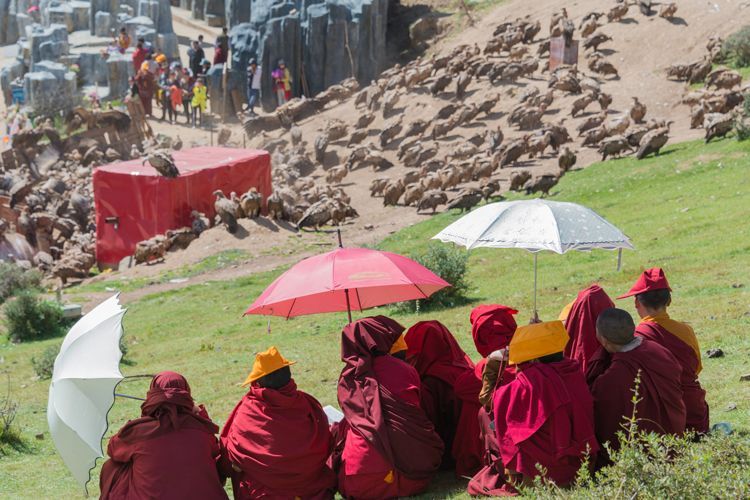
“In most forms of Buddhism, bodies are meant to be cremated or given over to animals in an act of charity. Since there is little wood for burning bodies in Tibet, a practice of allowing vultures to pick the bodies clean evolved. Once picked clean, the bones are ground up and fed to crows.”
There’s a similar practice in Mongolia called “Air Sacrifice”: “The family lays the body out in the open and makes an outline of it with stones. Then they allow hungry dogs and birds to devour the corpse, leaving only the outline — a representation of its spirit.”
Totenpass, Ancient Greece, Egypt, North-Eastern Africa

“Initiates of ancient cults to Orpheus and Dionysus, or members of certain Egyptian or Semitic religions, would carry “passports of the dead.” These tablets made of metal or stone would have a picture of the deceased on one side and instructions for navigating the afterlife on the other.” [Photo: Wiki Commons, Gift of Lenore Barozzi]
42 Funeral and Burial Rituals from Around the World

[via AvasFlowers.net]
- How To Express Sympathy: What To Say And What...We’ve compiled a list of things to say—and things to avoid saying—when...Read more
- A Quick Overview Of Proper Funeral EtiquetteFunerals are emotionally complex, and knowing how to act can present a...Read more
- The Five Stages Of GriefAfter experiencing a loss, it's common to go through a range of emotions...Read more
- Funeral Pre-Planning Cheat SheetPlan now, rest later.Read more
